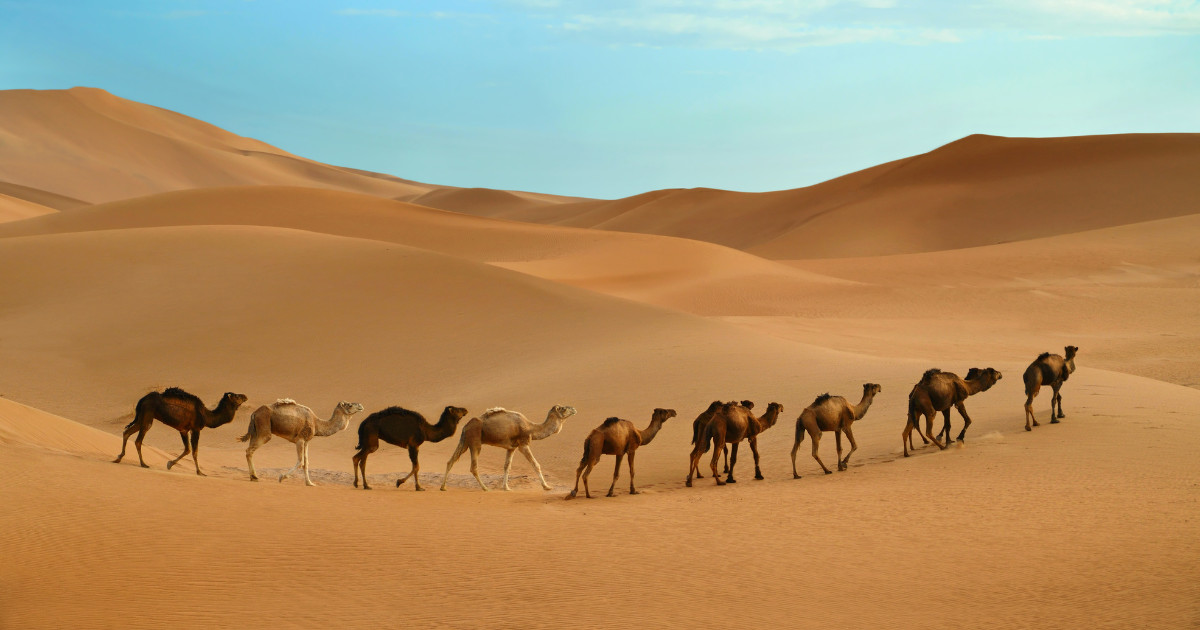Egypt is a land known for its ancient wonders and storied history, but among the tales of pharaohs and pyramids lies another treasure – its remarkable wildlife. From majestic mammals to colourful birds and the extraordinary marine life found in the Red Sea, Egypt’s natural world is as enchanting as the ancient artefacts that adorn this desert nation. For eco-tourists, wildlife enthusiasts, and families seeking adventure and educational experiences, an expedition into Egypt’s animal kingdom is a once-in-a-lifetime venture. Join us as we uncover the wildlife wonders that await adventurers in the land of the Nile.
The Rich Tapestry of Egypt’s Ecosystems
Before you set foot on this animal adventurer’s paradise, understanding the tapestry of ecosystems is essential. Egypt’s diverse landscape encompasses deserts, mountains, grasslands, and the Red Sea coast, providing a home to an array of creatures that have adapted to survive in these contrasting environments.
Deserts and Oases: The vast deserts of Egypt, such as the Western Desert and Eastern Desert, are not barren lands as they may seem, but rather support a surprising variety of life. Sand cats, desert hedgehogs, and fennec foxes are just a few of the creatures that call these deserts home. Hidden away in the desert’s folds are verdant oases, where species like the Nubian Ibex and spiny-tailed lizards thrive.
Wetlands and the Nile River: The Nile Delta and the many coastal wetlands are vital habitats for migratory birds and aquatic species. Here you’ll find the iconic Nile crocodile, the delicate flamingos, and the African sacred ibis, which were once revered as symbols in ancient Egyptian culture.

The Stars of the Show
It’s not hard to see that Egypt’s wildlife cast is as dazzling as the night sky over a desert oasis. Here are some stars of the show that you might encounter on your expedition.
The Big Cats of Egypt: While Egypt’s big cat population has dwindled over the centuries, especially in the Nile Valley, the secretive and elusive species still reside in remote wadis and mountain regions. The exceedingly rare caracal, a medium-sized wild cat with distinctive tufted ears, and the even rarer Arabian leopard have been spotted across Egypt’s deserts and mountain ranges.
Birdwatcher’s Paradise: Egypt’s location on the Mediterranean flyway makes it a birdwatcher’s paradise. Catch sightings of the white stork, osprey, peregrine falcon, and hooded vulture amidst the hundreds of species that migrate through or make Egypt their home.
The Aquatic Realm of the Red Sea: The Red Sea is renowned for its marine life. Snorkel or dive along the vibrant coral reefs to encounter creatures such as the endangered dugong, the whale shark, and the mesmerisingmesmerising moray eel. Protecting this fragile ecosystem is critical for future generations to continue enjoying the beauty that lies beneath the waves.

Wildlife Conservation in Modern Egypt
Conservation efforts in Egypt are as monumental as they are necessary, with organisationsorganisations and government agencies working to preserve and protect the dwindling populations of many species.
National Parks and Protected Areas: Egypt is home to several significant national parks, such as the Wadi El Rayan, Zaranik, and Ras Mohammed, where a range of conservation initiatives are underway. These protected areas serve not only as sanctuaries for wildlife but also as educational sites for visitors and locals, fostering a deep appreciation for nature and the importance of conservation.
The Role of Eco-Tourism: Sustainable tourism practices have a vital role to play in wildlife conservation. When done right, eco-tourism supports local economies, raises awareness, and provides funding for the protection of wildlife. Visitors can participate in eco-friendly activities, including guided nature walks, bird watching, and desert safaris, ensuring their impact is positive and beneficial to the ecosystems they explore.
Challenges and Future Directions: Although significant strides have been made, challenges such as habitat loss, climate change, and illegal wildlife trade continue to threaten Egypt’s wildlife. The future calls for increased collaboration between government bodies, conservation organisations, and the public to create lasting and impactful strategies for preserving the country’s natural heritage.

Planning Your Wildlife Adventure
Ready to take a walk on the wild side in Egypt? Here’s how to plan an unforgettable safari into the heart of the country’s animal kingdom.
Choosing the Right Destinations: Research and select destinations that align with your wildlife interests and the type of experiences you seek. Whether you dream of observing bird migrations, tracking big cats, or exploring marine ecosystems, Egypt offers a plethora of options.
Eco-Friendly Accommodations: Utilise lodges, camps, and hotels that are committed to eco-friendly practices. Many accommodation options are situated within or near protected areas, providing a comfortable base for your wildlife expeditions.
Ethical Tours and Guides: When booking tours and guides, opt for those licensed by the government and affiliated with reputable conservation bodies. An experienced and knowledgeable guide can enhance your wildlife encounters and ensure that you are respecting the natural environment.
Egypt’s wildlife is an often overlooked wonder waiting to be discovered. By venturing into its deserts, sailing along its waterways, and swimming in its sea, you will come face to face with creatures that have survived and thrived in this ancient land. Remember that the future of Egypt’s wildlife is in all our hands. Every step we take, every decision we make, has the potential to leave an indelible mark on the majestic animals that roam beneath the sun-drenched skies of the Pharaohs. Make your mark one of wonder, respect, and a commitment to their enduring legacy.






